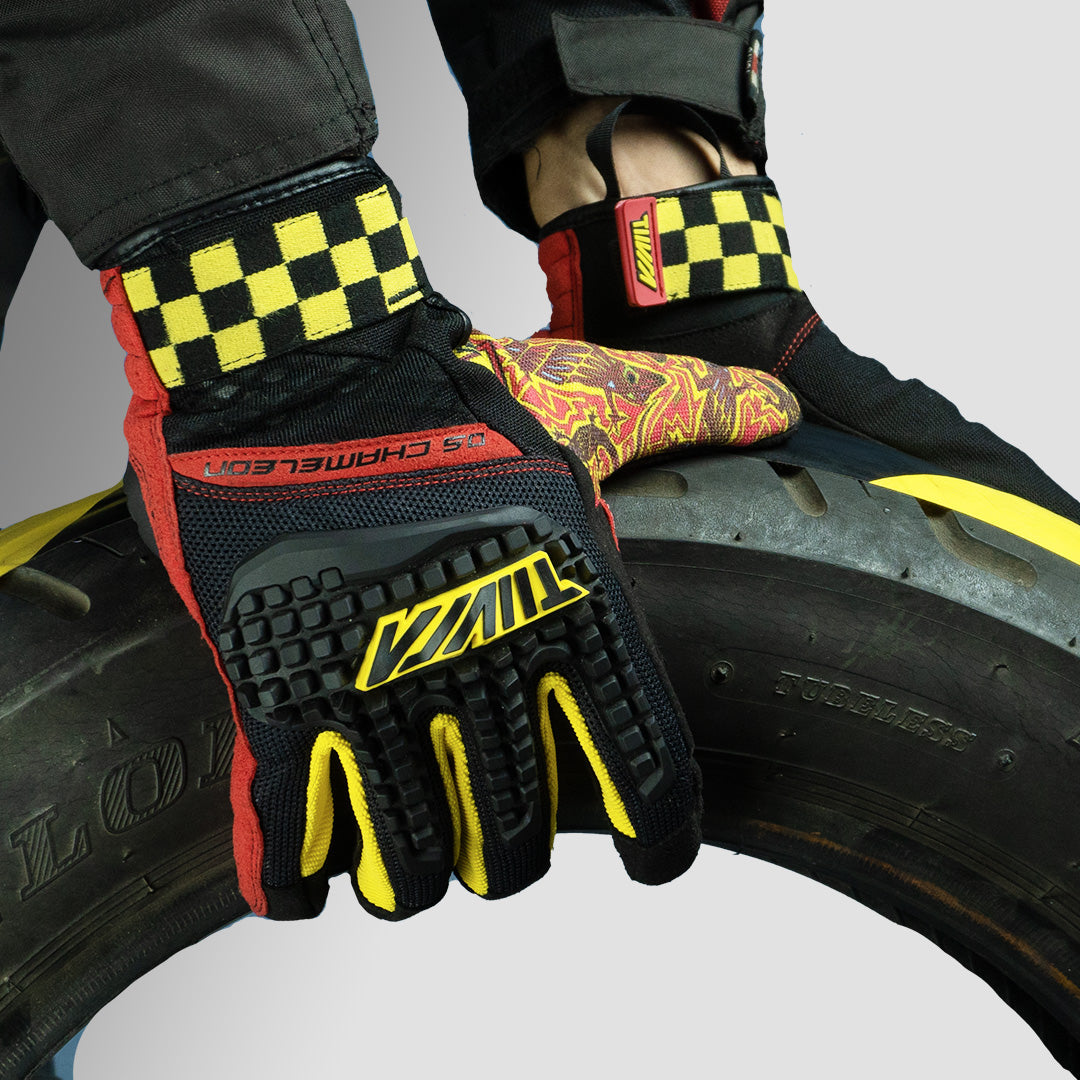Why do some helmets cost more, upwards of 10k and why do some cost less than 2k. They all ‘look’ similar, so how does a rider choose which helmet to wear?
The biggest role of a helmet is impact protection for the head. So which helmets are the safest to protest a rider from brain trauma or injury?
There are really two kinds of materials that helmets are generally made from :
- Plastics (ABS or Polycarbonate)
- Composite Fiber (Glass Fiber, Carbon Fiber, Kevlar etc)
- Plastic Helmet – the nature of the material is such that all impact is localized at a single point. So, if an ABS helmet receives impact, the full force of impact is at a single point. At that time, only the EPS saves. ABS shells crack easily -and are the lowest cost helmets.
Good polycarbonate shells don’t break. But therein lies its biggest weakness. Since the shell doesn’t break – the full force gets transferred inside the helmet. The shells have to be very very thick (6mm to 8mm) to withstand some impact, still the majority of impact protection comes from the EPS only. A good quality EPS needs to be of different densities around the head, the cheeks and the chin. So for a polycarbonate helmet to perform and meet some global standards such as DOT or ECE, it needs a heavy shell and a dense EPS. The overall weight of this helmet would easily be 1550-1700 gms
- Composite Fiber Helmet – the material is made up of many strands of fibers that are multi-axial. In case of impact, these fibers dissipate impact across the entire shell. So the extent of impact at any single point (including point of impact) is a fraction of the actual impact. In this case, the composite fiber shell is the first line of defense. EPS is the second line of defense. Additionally, this material is very light for a much higher level of protection. So these helmets are typically 200-300 gms less than their polycarbonate counterpart.
All global certifications including ECE and DOT require the helmet to be tested at less than 30kmph. Which is why a lot of polycarbonate helmets pass and are considered good. But the truth is, 100% track riders wear only composite fiber helmets. The certification does not guarantee the plastic helmets function at higher speeds. Because at higher speeds, only composite fiber helmets save, and plastic helmets (ABS helmets, polycarbonate helmets) fail.
SO COMPOSITE FIBER HELMETS ARE REALLY WHAT ALL RIDERS SHOULD WEAR. BECAUSE REALISTICALLY, THEY ARE ALL RIDING AT SPEEDS MUCH HIGHER THAN 30KMPH.
Additional points that contribute to making a better helmet
- Multi-density EPS. Depending on the speed of impact, the EPS will activate differently across different densities.
- Double D Ring – all the best helmets in the world have it, and all the best riders in the world use it. This always makes sure your helmet is fit and snug on your face
- A wide eye port for the visor, for max visibility
- Multiple air vents, exhausts and eps with channels to ensure well aired helmets that make least noise
- A good spoiler that is aerodynamically designed such that it creates a downforce at higher speeds. At high speeds helmets tend to lift off the head. A good spoiler will ensure that does not happen
The rest is aesthetic stuff, that all helmets have. Creating a visual impression of a good helmet. Serious bikers need to be able to differentiate good looks and good functionality.
A lot of ‘premium’ helmets are so called only because they focus on better finishes. But they are not better helmets in terms of impact protection. Composite Fiber Helmets are the best helmets for serious, passionate riders.



Leave a comment
All comments are moderated before being published.
This site is protected by hCaptcha and the hCaptcha Privacy Policy and Terms of Service apply.